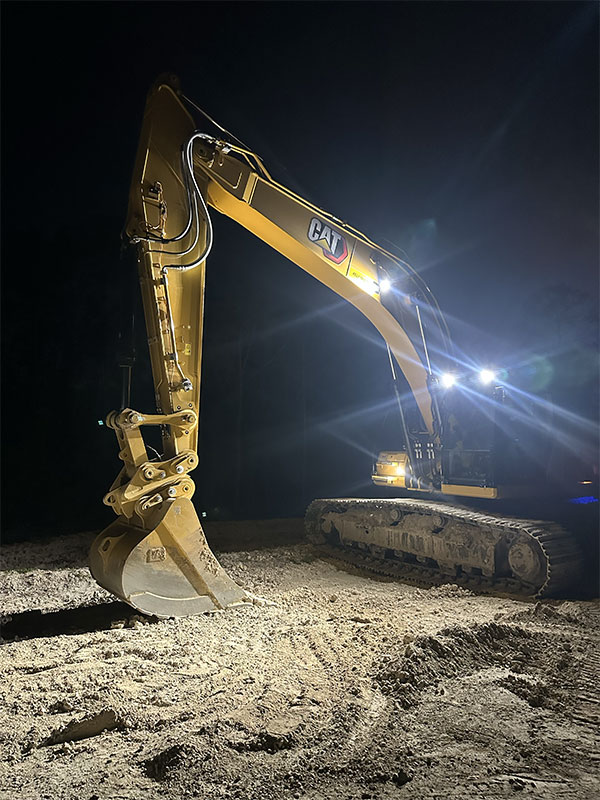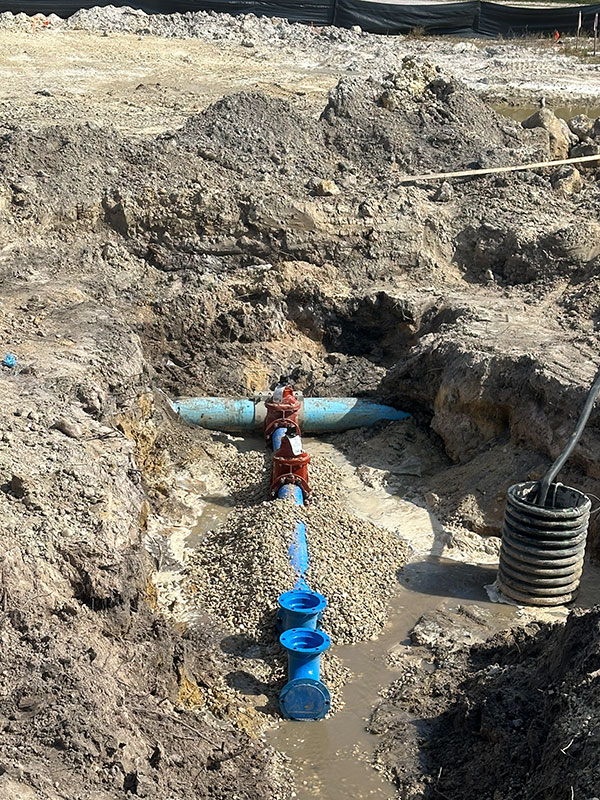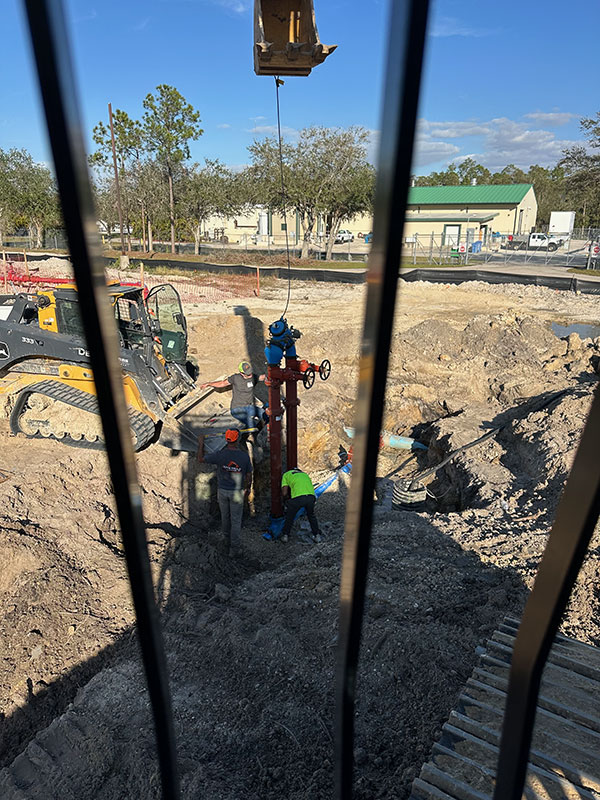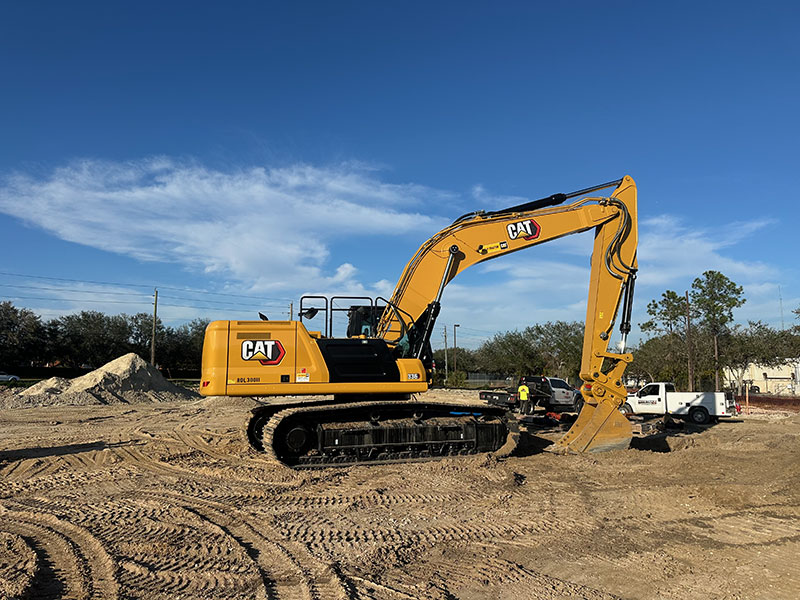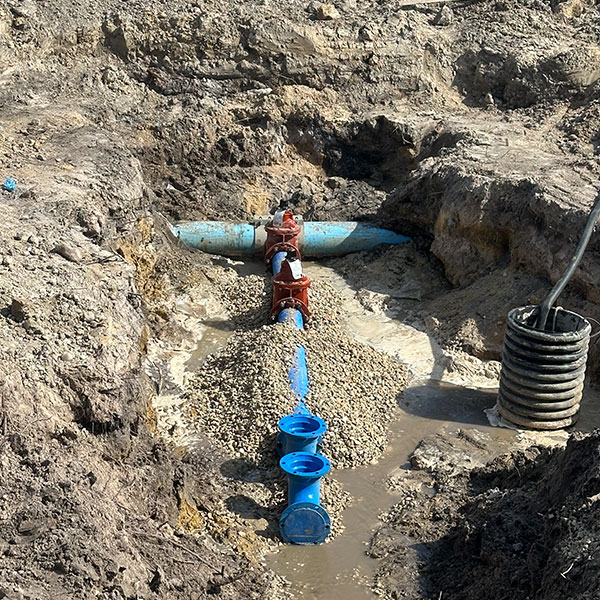Fort Myers Underground Utilities
Get a Quote For Your Project
Sitetrax™: Accuracy in Fort Myers Underground Utilities
Constructing Safer, Smart Infrastructure
The underground infrastructure of Fort Myers forms the backbone of the community by supplying water, electricity, gas and telecommunications.
Reliability, safety and an efficient operation of such networks are heavily dependent upon a correct planning and installation and mapping of the networks.
Sitetrax™ is an advanced site development solution that drives the process of locating, mapping and managing underground utilities in order to mitigate risk, prevent costly underground damages and ensure industry regulatory compliance.
The Significance Of Precise Fort Myers Underground Utilities Mapping
Whether building outside in the open air or digging underground, accurate underground utility location data are critical to avoiding unplanned outages, expensive repairs, and dangerous accidents.
Unmarked or misidentified buried pipes and cables can cause dangerous accidents, service outages and legal liabilities. With more advanced utility detection and mapping tools, Sitetrax™ delivers accurate and detailed information before a shovel hits the ground.
Underground Utilities Services We Offer
Utility Locating & Mapping: Employing cutting-edge technology, we locate and map the underground utilities, such as pipes, conduit and cable to provide an accurate site map.
Related Services
Learn more about our other services, including Fort Myers storm management.
- Underground Utilities
